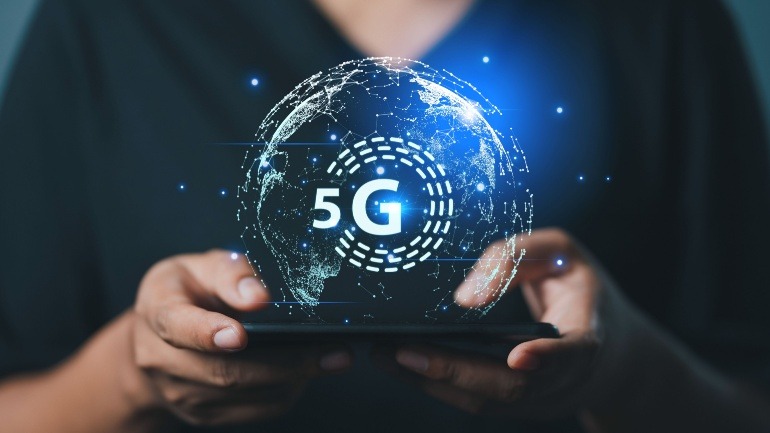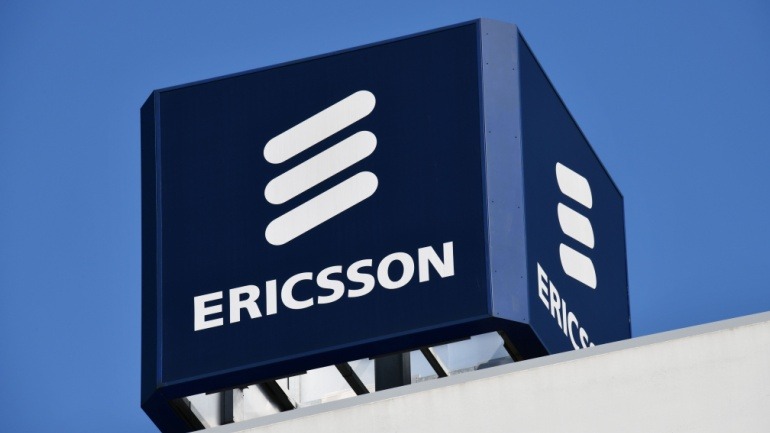Ericsson is intensifying its R&D efforts in India, zeroing in on network APIs. Partnering with telecom giants, Ericsson is unlocking 5G’s potential through programmable networks, enhancing performance, and enabling new performance-based business models.
Nigeria’s telecom sector is witnessing a groundbreaking shift as it embraces 5G technology through a collaboration with Ericsson. This partnership aims to modernize telecom infrastructure, transform public services, and drive economic growth.
VoIP technology is revolutionizing telecommunications, and the partnership between Ericsson and Chunghwa Telecom is a testament to this transformation. This collaboration enhances Taiwan’s 5G infrastructure, integrating advanced VoIP solutions to boost efficiency and sustainability.
Viettel has pioneered Vietnam’s digital evolution with its first commercial 5G service, revolutionizing connectivity across 63 provinces. Leveraging 6,500 base stations, Viettel ensures seamless communication, crucial for tourism, healthcare, and smart cities.
Ericsson has achieved another significant VoIP milestone, securing a multi-billion-dollar contract with Bharti Airtel, reinforcing its presence in India’s telecom market. This aligns with recent collaborations with Vodafone Idea to enhance 4G and introduce 5G services.
Vodafone Idea is enhancing their 4G network with Ericsson to introduce 5G in key Indian regions. Leveraging Ericsson’s advanced technology, Vodafone aims to modernize and expand, despite financial hurdles. Their $3.6 billion deal signifies a commitment to regaining market share by implementing robust digital infrastructure.
Ericsson has captured Viettel’s 5G deployment contract in Vietnam, marking an exciting era for VoIP technologies. This 5G upgrade, indispensable for modern VoIP communication systems, promises robust high-speed connectivity. The collaboration with Viettel is positioned to elevate Vietnam’s digital infrastructure.
Ericsson is advancing its Mobile Financial Services Platform by integrating INFORM’s RiskShield anti-money laundering (AML) and fraud management software. This collaboration enhances financial risk mitigation and fraud prevention, securing ecosystems for Ericsson’s customers, including operators, enterprises, and banks.
Vodafone Idea has struck a $3.6 billion deal with Nokia, Ericsson, and Samsung to boost its 4G and 5G network capabilities over three years. This strategic move aims to expand 4G coverage and introduce 5G in select markets, enhancing their service offerings and network efficiency while meeting rising market demands.
NVIDIA is partnering with T-Mobile, Ericsson, and Nokia to revolutionize mobile networks using AI-RAN. By leveraging the NVIDIA AI Aerial platform, this alliance aims to enhance 5G and future 6G networks. The partnership will optimize network performance and operational costs, paving the way for innovative AI-powered applications.













